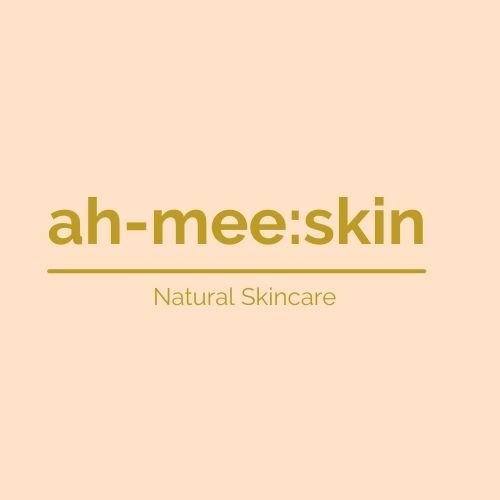How do I find out my Skin Type?
Knowing your skin type is so massively important when it comes to choosing the right skincare for your needs. Buying the right product means its going to work in the way its been designed too, and give you the best results possible.
You need to start seeing improvements within your complexion within 30 days of using a product. If you have not seen any signs of improvement then its time to introduce something new.
Have a look at the skin type descriptions below and see where you fit, then you will be able to navigate your way around the product shop with ease knowing that your buying exactly what you need:

Combination/Normal Skin Type
Having a Normal Skin Type means you have a pretty balanced complexion. Your skin doesn’t seem to react when trying out something new either. You may be oily within the 'T' ZONE but overall, you don’t really have any major skin issues.
Applying makeup should pretty much last all day and breakouts can be just a monthly occurrence.

Oily/Problematic Skin Type
Producing excess oil can be a real issue. Your oily skin will be prone to blackheads, breakouts and may look wet throughout the day. Keeping this under control may result in you having to blot your skin dry with a tissue. You will also find your oily complexion is uneven and prone to redness, swellings from breakouts and you will also have congested or open pores.
Wearing makeup can be a real issue and can slide off as the day progresses, meaning your having to re-apply your base throughout the day.

Dry/Sensitive Skin Type
Having dry skin means your skin is having issues with lack of hydration and nourishment. You will have a dull complexion and not much shine or radiance to your skin. You may find that products absorb quickly into your skin, without seeing any of it left on the surface. Due to the dehydration your skin can become sensitised to products making it feel irritated or giving a burning sensation. Redness and broken capillaries may also be visible.
Wearing makeup can cling to dry patches of skin, causing an uneven complexion.



